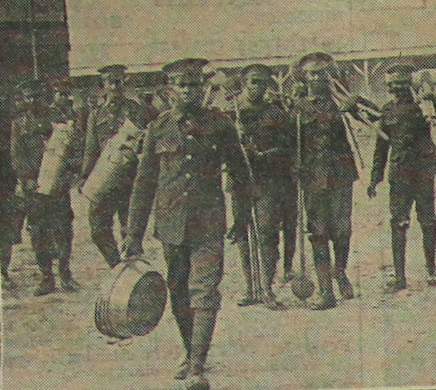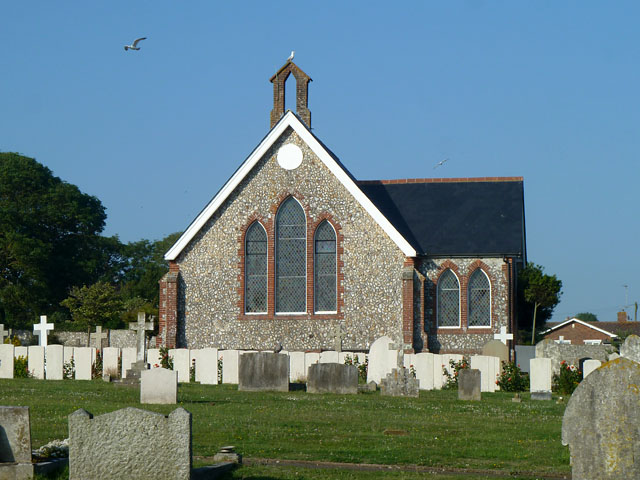Experiences in England
Travelling to the United Kingdom was in itself an arduous task, especially considering that most of the volunteers had never travelled such extensive distances. Subsequently, throughout the War there were many cases where soldiers fell ill during transit. In February 1915, Private Mcfadyen and Private J. Rhoden both died of pneumonia when travelling with the 3rd regiment. Another incident on the Verdala demonstrated how West Indian Troops were considered inferior and required less support than their imperial counterparts. The SS Verdala set sail on March 6th 1916, with around 1,115 troops and 25 officers all bound for Seaford, England. German boats were a constant threat in the Atlantic at this time, destroying both food supplies and boats carrying troops, this led to the Verdala’s diversion to Halifax, Canada. When based in Britain’s most northerly colony, a snowstorm hit.The Daily Gleaner publicised the ordeal, sending reverberations around Jamaica: “We can’t guess who it was that sent a 1000 men from a hot tropical climate to a country of Arctic cold. Rest assured this country’s indignation has been fully conveyed by the Colonial Office”. Other troops eventually made it to the United Kingdom and started their intensive training in Seaford where they were then confronted with new challenges.
“The visit of overseas troops will help to awaken a new spirit in this country. The people of England are still lamentably ignorant when it comes to our Empire”, The West India Committee Circular 21st September 1915.

Once the men of the British West Indies landed in the United Kingdom following weeks of travelling over the Atlantic Ocean, they arrived in Seaford to “a very cordial welcome”. The initial impressions of the “sturdy sons of far away Trinidad” from the Lord Mayor Sir Charles Wakefield were recorded: “I have inspected you this morning…and I am greatly struck by your fine physique. Not only are you physically strong, but you are strong in moral quality, because you have left your wives, your homes, your businesses and other interests to come here, thousands of miles overseas, to fight for your King and your country”. The mayor went on to state that the men of the West Indies were an example to the men of Empire, who we urged to come and join the cause voluntarily. Just by looking at them he felt “further appeal is necessary”.
There was a level of intrigue from locals about West Indian people. In the Sussex town where the first regiment was stationed, the vicar requested that a lecturer would tell the “inhabitants something about our oldest group of colonies”. Moreover, early accounts mention there was confusion between British Guiana and New Guinea as well as shock that the people of the West Indies spoke such strong English.
When the training began L.E. Ottley was tasked with training the new recruits of the first battalion and was described as “valiant” for taking on the task. However, many of the troops got very ill when they arrived in the United Kingdom. According to historian Richard Smith, they were greeted by “damp huts and provided with insufficient sanitary facilities, resulting in high levels of sickness and infirmity”. He goes on to say that hospitals in and around Seaford were full of men suffering from pneumonia that was as a result of the damp conditions in the camp and the colder English climate; “In total 178 men were killed or died of wounds in combat, 697 were wounded in action, yet 1,071 died of disease”. To compare, around a third of troops in the First World War died as a result of disease or infection.
The Second Contingent under the command of Lieut-Colonel C. Wood Hill, arrived in England early in January, 1916, and formed the 3rd Battalion, British West Indies Regiment, and were stationed at Withnoe Camp, Plymouth. This Camp was composed entirely of huts, and the men suffered from the cold just as much as those at Seaford. 19 Commonwealth War Graves Commission Graves bear the mark of the British West Indies Regiment in Seaford.
